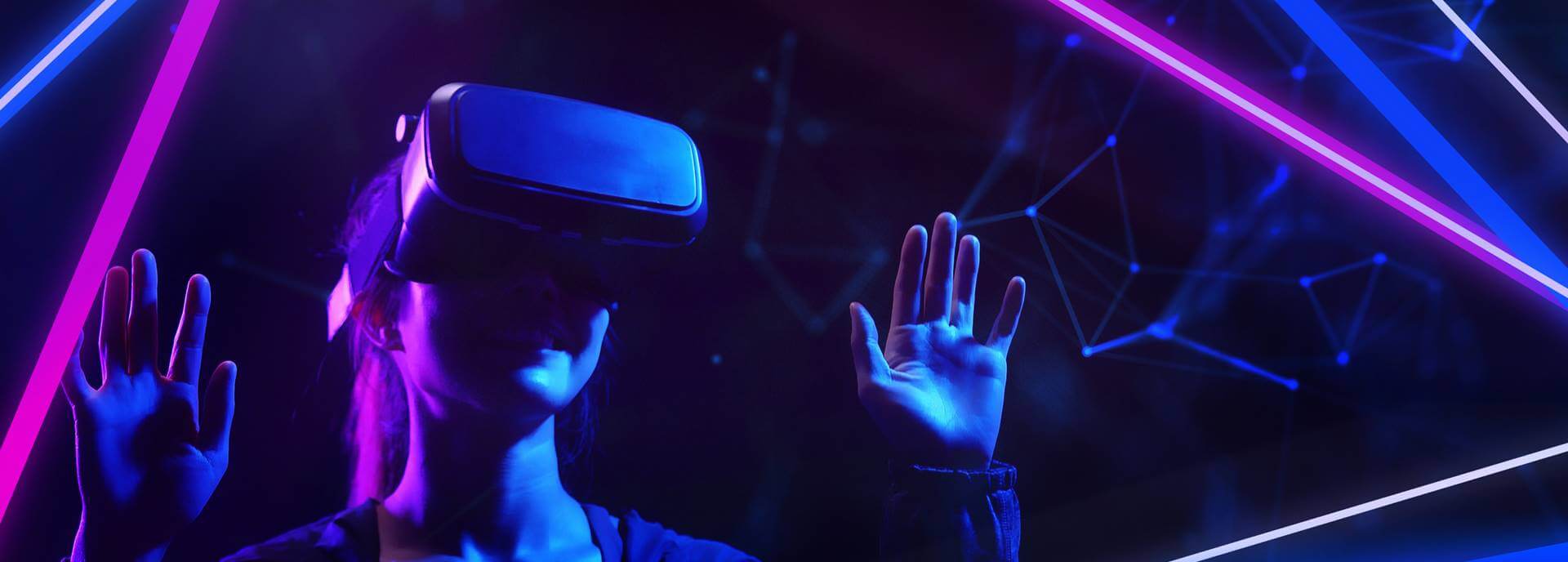Late last year, an IT executive, an officer of his company, told me confidently how Bitcoin was just some scam. I wisely chose not to engage him, remembering some recent advice I had received: “I could be right or I could be effective, but not both.”
Jumping ahead six months, Bitcoin’s strength has increased with El Salvador accepting it as legal tender and several US states looking to do the same. There is also an exchange-traded fund (ETF) based on Bitcoin futures contracts. Following Bitcoin, Web 3.0 is another new set of technologies for some, a buzzword for others, but understanding what Web 3.0 means and how it will disrupt is crucial for all of us as it continues to gain adoption.
What is Web 3.0?
Web 1.0 is often thought of as the Internet from the 1990s – mostly static pages and content provided to consumers. Web 2.0 included more interactive content, much of it created by users themselves through social media or web applications, along with centralization, mobile phones and dynamic content. Today, we are approaching the end of Web 2.0 and transitioning to Web 3.0.
We won’t know the final definition of Web 3.0 for a few years but it is commonly considered to focus on blockchain technology, decentralization and token based economics. CIOs who don’t lead their companies in these technologies risk disruption from new players taking novel and creative approaches, and from existing competitors who are staying up-to-date. For this article, I have focused on three specific components.
1. DeFi
Web 3.0 will disrupt many industries. One whose disruption has begun is traditional finance. DeFI, or Decentralized Finance, allows consumers to lend or borrow relying on a smart contract, instead of the common need to go through a middle-person, such as a bank. One way to think of DeFI is as peer-to-peer lending, with collateral. DeFI is widely considered a democratization of lending, and supports those for whom traditional banking was difficult. In 2021, decentralized finance asset value was greater than $100 billion and is expected to grow as consumers continue to learn and embrace alternative banking solutions. Industries relying on traditional approaches to finance may be caught off guard as DeFI gains traction. Larger finance players however are continuing to post job roles for engineers with blockchain experience as they experiment in this area. How will adoption of DeFI affect your business? How can you leverage it to gain an advantage?
|
Related article: IT’s Role In a Technology-Democratized World By Frank Petersmark |
2. Non-Fungible Tokens (NFTs)
Another term you have probably heard about in the news is NFTs, or non-fungible tokens. While a 100 dollar bill means the same to whoever holds it, and everyone agrees two 50 dollar bills equal one 100 dollar bill, the value of an NFT can vary, similar to how an artwork’s value is different, depending on who you ask.
To date, we have most often seen NFTs used for proving ownership of digital art, collectibles, or sports memorabilia, but new disruption is happening. A company named Liquid Vineyards has announced its plans to use NFTs to manage the digital rights of wine and vineyards. This allows you to potentially own specific vines in the vineyard or have digital rights to specific bottles of wine, increasing their security if used for an investment. NFTs have enjoyed great visibility in the art world, and now potential use cases in personal identification, supply chain and logistics, and real property ownership are widely discussed online. We will continue to see more use cases in 2022.
3. Metaverse
Even harder to wrap one’s head around is the “metaverse”, which could be thought of as a connected, virtual world, similar to those in the movie “Ready Player One” or the book “Snow Crash” by Neal Stephenson. JP Morgan recently stated that the metaverse represents a $1 trillion market. Participants will be able to socialize and buy products and services, including virtual land and homes. Companies are already setting up shop in the metaverse, for both visibility and to sell products. If you search online about which companies are investing in the metaverse, the list may be larger than you thought.
IT Hiring Implications
When it comes to driving talent to an organization, having a Web 3.0 story to tell is as important if not more than a public open-source software strategy. With Generation Z, whether you call them Zoomers or the Tik-Tok Generation, they are dialed into these new technologies. Many will want to work for a company that has a presence in the metaverse and is using Web 3.0 technologies. They have grown up with games such as Fortnight and Minecraft, so for them, the metaverse is an extension of their current world, whereas many IT leaders are still coming up to speed.
Expect to Hear from Marketing
If they haven't already done so, your marketing teams will be reaching out to IT for assistance, or worse, going it alone. Marketing teams will be looking for new sales channels, along with advertising and customer engagement opportunities. IT will be asked to make it all work, make it secure and provide the analytics. IT will be expected to have answers.
Web 3.0 Action plan
- Learn
The first step is for executive teams to educate themselves. These concepts can be a bit abstract and require intentional learning. Whereas cloud computing requires some skill and education to gain proficiency, most executives understand the concepts easily. Web 3.0 however has many new definitions, ideas and approaches, and most agree these are harder to grasp initially.
- Engage
As COVID restrictions are lifted, in-person events have already restarted in many states. Though there are many great CIO-only events focused on traditional IT topics, getting into the community and speaking with those actively engaged in Web 3.0 will help the CIO see firsthand the excitement and engagement in the Web 3.0 space.
- Divide and Conquer
Assemble a list of topics and have your executive team choose one topic each. Ask them to present a plan to learn at your next executive meeting, and continue down the path where they collectively lift the whole executive team up by sharing what they learned. An easy way to start is to assemble a list of common definitions and research those.
- Challenge
Engage the wider staff with innovation forums and possibly a hack-a-thon. Your team may very well have more knowledge in this area than you are aware of. Set up a two day hackathon focused on Web 3.0 and crypto-currencies. One hackathon topic could be “Create a use case for an NFT at our company.”
- Try It
Get hands-on and start learning by doing. As an example, buy $10 of Bitcoin from an exchange and transfer to a personal wallet. Next, create an NFT of a picture of your pet and step through that process to offer it for sale.
As many have said, there has never been a more exciting time to be in the IT field. Web 3.0 is coming, and with that a lot of opportunities, especially in this early phase. Enjoy the ride!

Written by Tom Sweet
Thomas J. Sweet is CIO of Industrial Refrigeration Pros, a partnership of companies that service the industrial refrigeration market. Previously, he was VP Cloud Services at GM Financial. Sweet is passionate about digital transformation, DevOps, Agile, crypto, cloud, and attacking the talent shortage head-on by investing in his teams. His views are his own and not that of his employer.



